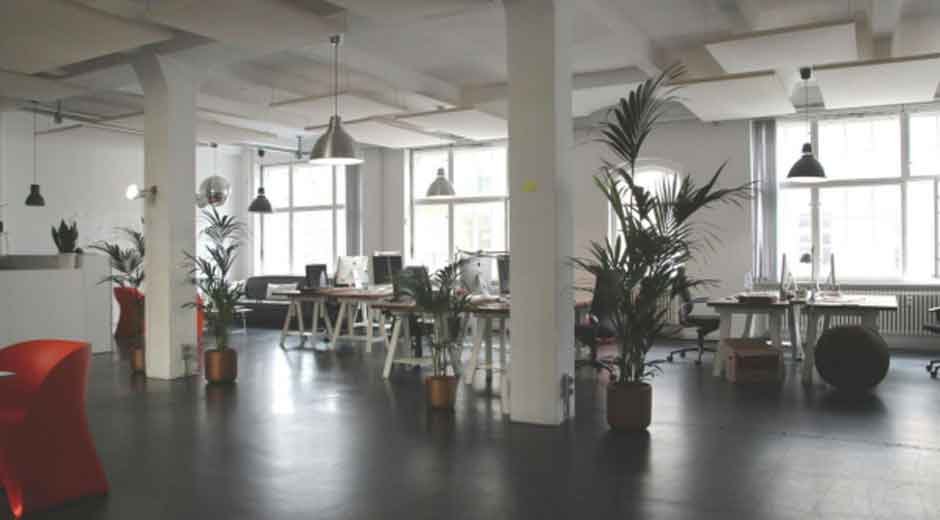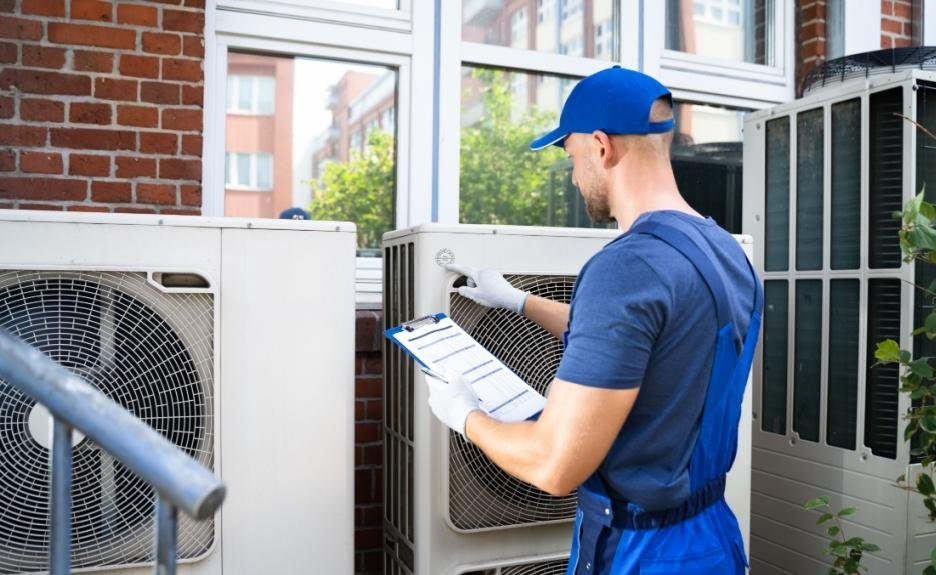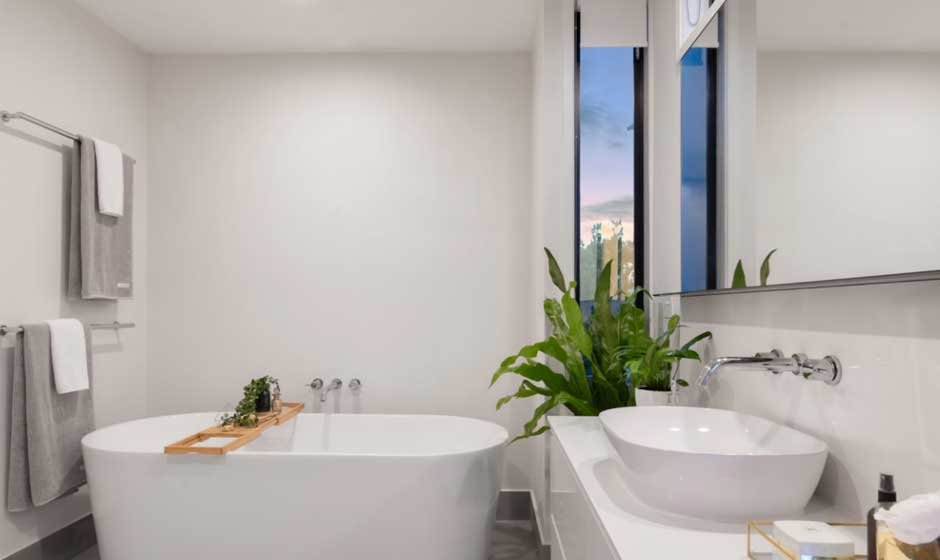Indoor air quality isn’t just a health issue anymore—it’s a tech frontier. After a global pandemic, worsening wildfire seasons, and a rise in respiratory illnesses, people have started to pay attention to the air they breathe indoors. What used to be a concern for allergy sufferers is now a daily consideration in schools, offices, and homes.
Technology is stepping up in a big way. From smart monitors to heavy-duty purifiers and even tools that detect airborne vaping chemicals, a new generation of air-focused tech is changing how we think about indoor safety. Here’s a breakdown of where we are—and where we’re headed.
Why Indoor Air Quality Matters Now More Than Ever
Let’s start with the data. According to the EPA, Americans spend about 90% of their time indoors, where pollutants can be 2–5 times higher than outdoors. That’s not great when you consider the rise in respiratory issues, especially among children and vulnerable populations.
Poor indoor air quality can contribute to headaches, fatigue, asthma flare-ups, and long-term health issues. But it’s not always visible or noticeable—which is why tech is becoming critical to detection, prevention, and response.
Smart Air Quality Monitors: Know What You’re Breathing
One of the biggest shifts in recent years has been the move toward real-time monitoring. These aren’t your old-school carbon monoxide alarms—today’s air quality monitors track a range of pollutants and give you actionable data.
Popular models now track:
- 5 (particulate matter)– Linked to lung damage and cardiovascular issues
- VOC (volatile organic compounds)– Emitted by cleaning products, paint, and plastics
- CO₂ levels– High levels can cause drowsiness and reduced cognitive performance
- Humidity and temperature– Affect both comfort and mold growth
Some even sync with apps and smart home systems to alert you when air quality dips. This gives users power: when you can see what’s wrong, you can do something about it.
Air Purifiers and Cleaners: From Trendy to Necessary
If air quality monitors are the eyes, purifiers are the lungs of your space. And in 2025, they’re everywhere—from minimalist units in homes to industrial-scale systems in offices and warehouses.
What used to be considered a “nice-to-have” is now mission-critical, especially in shared indoor spaces. A strong player in this space is Zehnder, which offers commercial clean air solutions that reduce dust, allergens, and even workplace contamination. Their systems are being used in everything from logistics centers to healthcare environments, helping companies improve both air quality and employee health.
For home use, many purifiers now include multi-stage filtration with HEPA filters, activated carbon, and UV-C light—all designed to trap pollutants and kill bacteria or viruses.
When shopping for one, look for:
- True HEPA filters(not “HEPA-like”)
- CADR rating(clean air delivery rate – higher is better)
- Coverage area– Make sure it fits your room size
- Noise level– Important if it’s running 24/7
Vape Detection: A New Frontier in Air Safety
One unexpected driver of air tech innovation? Vaping. Especially in schools and offices, there’s been growing concern about indoor vaping and secondhand aerosol exposure.
Enter the vape detector. These discreet, ceiling-mounted sensors can detect the chemicals emitted from e-cigarettes and vapes—even when there’s no visible vapor. Schools across the U.S. are installing them to deter vaping in bathrooms and locker rooms.
It’s not just about enforcement. Vape aerosols contain nicotine, heavy metals, and other toxins that can linger in indoor air. Detection tech helps institutions protect not only their rules—but their air.
Clean Air Meets Smart Buildings
The future of indoor air safety is integrated. As smart buildings become more common, air quality tech is merging with HVAC, lighting, and occupancy systems to create real-time, responsive environments.
Imagine a system where:
- CO₂ levels trigger increased ventilation
- High humidity turns on a dehumidifier
- Detection of harmful VOCs lowers the temperature to reduce off-gassing
- Real-time dashboards show building occupants exactly what they’re breathing
This is already happening in many forward-thinking schools and corporate buildings. Air isn’t just something we passively exist in anymore—it’s an active element in our digital environments.
The Bottom Line: Clean Air is a Right, Not a Perk
Just like access to clean water and safe food, clean indoor air is becoming a baseline expectation. Whether it’s a Zehnder system in a manufacturing plant or a classroom vape detector, air quality tech is no longer niche—it’s necessary.
Consumers, parents, employees, and tenants are all starting to ask: “What’s in the air here?” And the brands and buildings that can answer that question confidently are the ones that will earn trust.
Final Thoughts
The air we breathe indoors should never be an afterthought. With tech now making it easier than ever to monitor, clean, and protect our indoor environments, there’s no excuse for ignoring it. From sensors that catch invisible threats to smart purifiers that adapt in real time, clean air tech is becoming as essential as Wi-Fi.
As air quality continues to take center stage in public health and workplace safety, investing in the right tools isn’t just smart—it’s non-negotiable.




